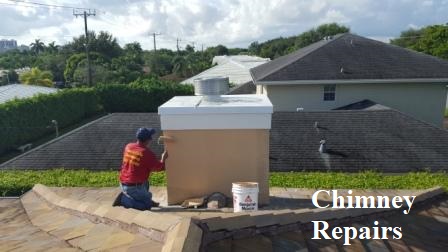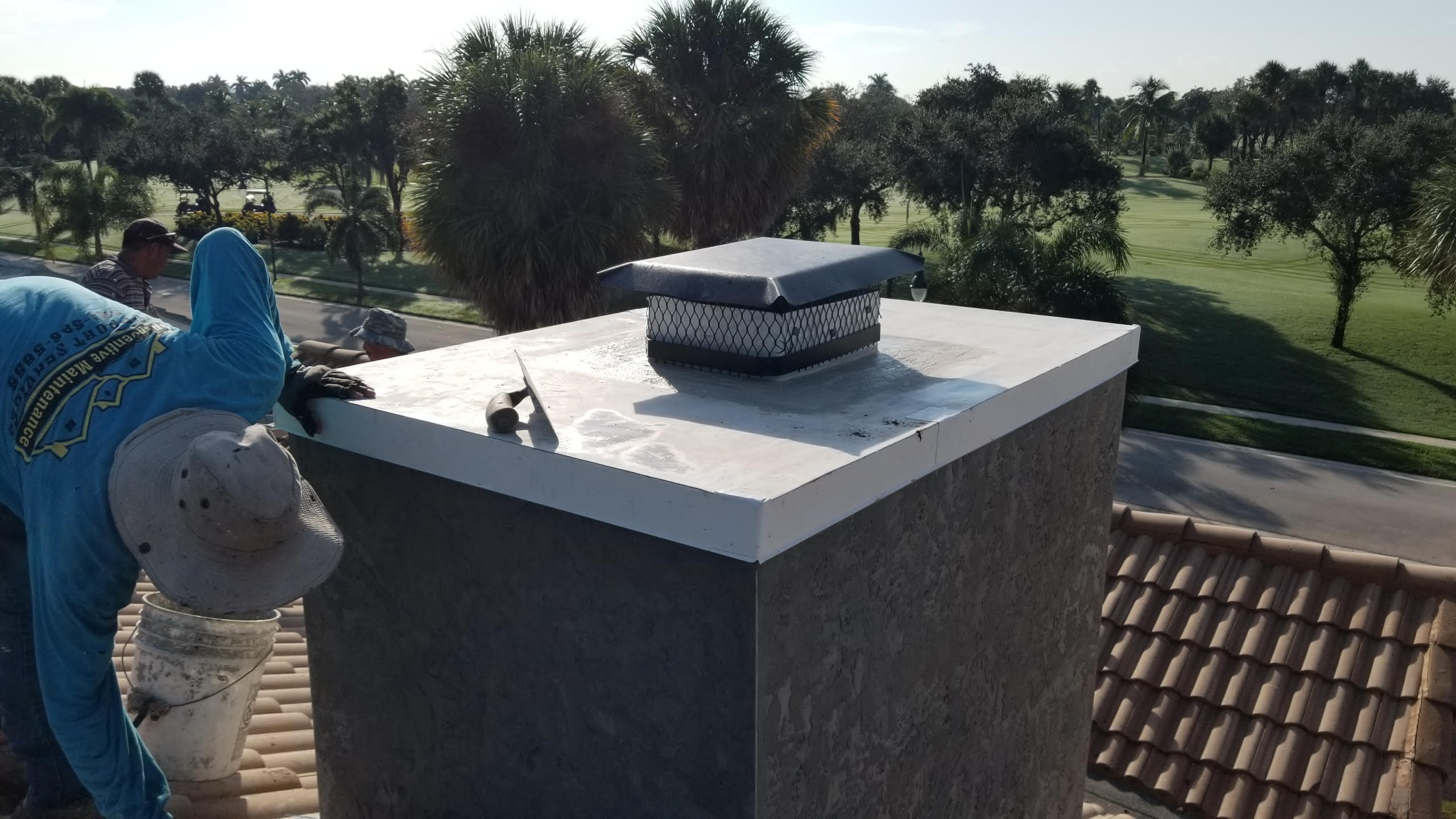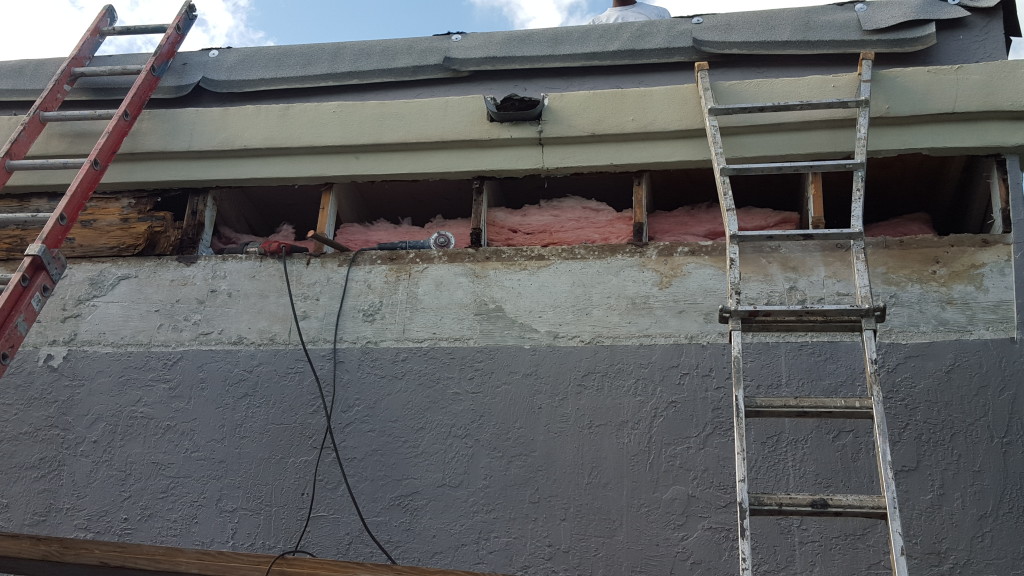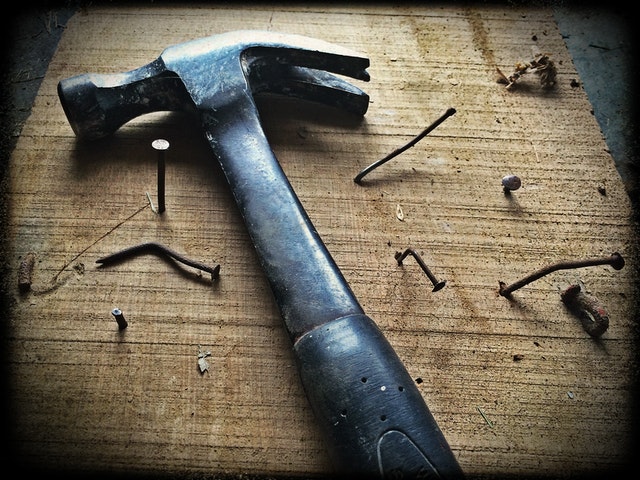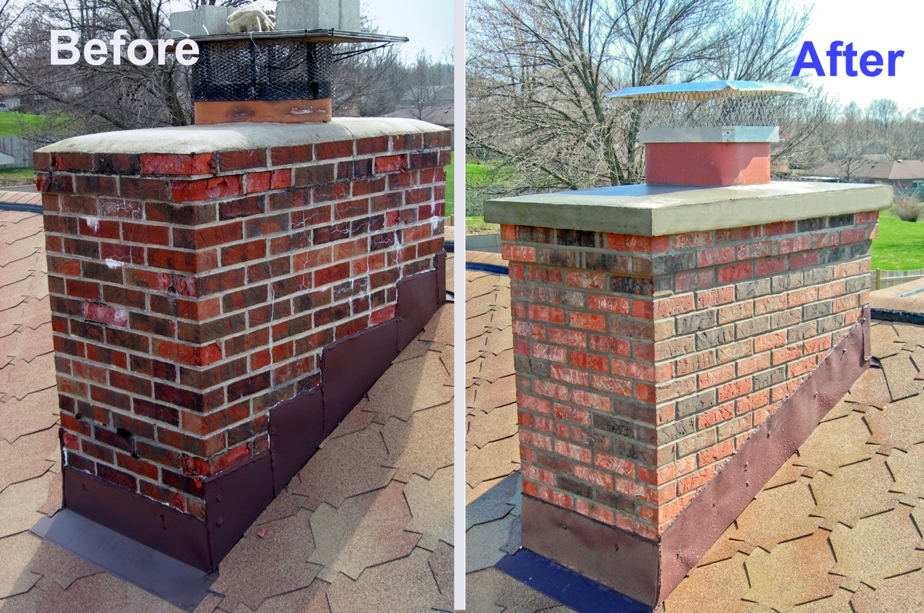
A chimney serves as the heart of a home, providing warmth and comfort during cold winter nights. However, over time, chimneys can suffer various types of damage that compromise their functionality, safety, and aesthetics. To ensure your chimney remains in good working condition and your home is safe, it's essential to be aware of the types of chimney damage that can occur and how to address them. In this comprehensive guide, we will explore the most common types of chimney damage and offer practical solutions to rectify these issues.
- Cracked Mortar and Brick Damage
One of the most common forms of chimney damage is cracked mortar and brick deterioration. This type of damage often occurs due to exposure to harsh weather conditions, freeze-thaw cycles, and the natural aging of materials. Signs of cracked mortar and brick damage include visible cracks, loose bricks, and crumbling mortar joints.
Addressing the Issue: To repair cracked mortar and brick damage, you'll need to undertake a process known as repointing or tuckpointing. This involves removing the damaged mortar and replacing it with fresh mortar while ensuring the bricks are secure. It's crucial to hire a professional chimney technician for this task, as improper repointing can lead to further damage.
- Chimney Leaks and Water Damage
Chimney leaks and water damage can be a homeowner's nightmare, causing extensive harm to the chimney's structure and interior components. This type of damage often occurs due to faulty flashing, damaged chimney caps, or a deteriorating chimney crown. Symptoms of chimney leaks include water stains, mold growth, and a musty odor.
Addressing the Issue: Identifying and fixing chimney leaks promptly is essential to prevent further damage. The solution may involve repairing or replacing flashing, chimney caps, or crowns, as well as sealing any cracks or gaps in the chimney's masonry. Regular inspection and maintenance can help prevent water damage.
- Creosote Buildup
Creosote is a highly flammable substance that accumulates in chimneys as a result of burning wood or other fuels. Over time, creosote buildup can restrict airflow, reduce chimney efficiency, and pose a serious fire hazard. Signs of creosote buildup include a strong, unpleasant odor, dark deposits on the chimney walls, and poor draft.
Addressing the Issue: To address creosote buildup, scheduling regular chimney cleanings is crucial. A certified chimney sweep can remove the creosote safely and efficiently, reducing the risk of chimney fires. Additionally, burning seasoned hardwoods and maintaining proper ventilation can help minimize creosote buildup.
- Chimney Structural Damage
Structural damage to the chimney can be a severe concern as it compromises the stability and safety of your entire home. Structural issues may include leaning chimneys, crumbling bricks, or a deteriorating chimney foundation. These problems can be caused by age, seismic activity, or improper construction.
Addressing the Issue: Repairing structural damage often requires the expertise of a professional mason or chimney specialist. They may recommend rebuilding sections of the chimney, reinforcing the foundation, or installing support brackets to ensure structural integrity. Ignoring structural damage can result in costly and hazardous consequences.
- Chimney Liner Damage
Chimney liners play a crucial role in channeling smoke and combustion gases out of the home while protecting the chimney structure from heat and corrosion. Damage to the liner can lead to dangerous gas leaks and deterioration of the chimney. Common causes of liner damage include thermal stress, corrosive gases, and age.
Addressing the Issue: If your chimney liner is damaged, it should be repaired or replaced promptly. This often involves inserting a new stainless steel or ceramic liner into the chimney, ensuring it's properly sized and insulated. A damaged liner can compromise the safety of your home, so professional inspection and repair are essential.
- Animal Infestations
Chimneys can become attractive nesting sites for birds, squirrels, raccoons, and other wildlife. These animals can cause extensive damage by blocking airflow, creating nests, and leaving behind debris. Signs of animal infestations include strange sounds from the chimney, foul odors, and visible nests or droppings.
Addressing the Issue: To address animal infestations, removing the animals humanely and safely is crucial. Afterward, you should install a chimney cap or screen to prevent further intrusions. Cleaning out any debris left behind by the animals is also essential to ensure proper chimney function.
Conclusion
Maintaining a chimney in good condition is vital for the safety and functionality of your home. Recognizing the various types of chimney damage and knowing how to address them is the key to preserving your chimney's lifespan and ensuring a warm and cozy living space. Regular inspections, maintenance, and professional repairs are essential practices for every homeowner with a chimney, helping to prevent costly damage and maintain the comfort and safety of your home for years to come.

